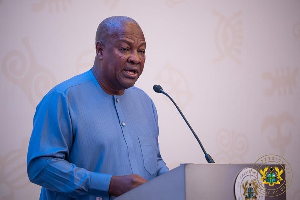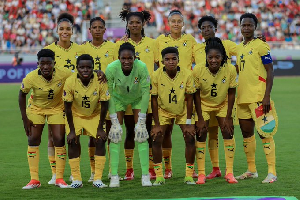Kenya Power will start rationing electricity supply, targeting the Western region to ease pressure on the ageing electricity equipment that struggles to accommodate the sudden increase in demand.
Energy Cabinet Secretary Davis Chirchir on Monday said the ministry has turned to load shedding as a short-term solution following the latest countrywide blackout that hit the nation on Sunday evening.
Kenya was thrown into darkness from around 7:30pm after an overloaded Kisumu-Muhoroni 132 Kilovolt (kV) line tripped.
Power rationing in most economies is caused by inadequate electricity generation that fails to match demand like in South Africa and neighbouring nations.
Kenya’s move that is set to rattle investors in the Western region and increase their operational costs shines the spotlight on the ageing transmission line that has not been revamped for years.
“Load shedding is a short-term solution that will ensure we do not plug the country into blackouts. By doing this, then we shall be able to remove some feeders and reduce the load flowing through the lines,” Mr Chirchir said.
“Generation is not our problem. We have enough power but the challenge is more on transmission where we are using historically built lines to power the Western region.”
West Kenya and South Nyanza account for six percent or 616 Gigawatt hours (GWh) of the 9,539 GWh that Kenya Power sold in the year ended June, making the region the fifth biggest consumer of electricity.
Customers have been grappling with unreliable supply from Kenya Power with blackouts averaging 8.5 hours in a month as at December last year, highlighting the impact of the unreliable grid.
Sunday’s blackout was the sixth in three years, forcing businesses to go for generators besides leading to deaths at hospitals where backup power sources do not swiftly plug in to replace the grid.
On Sunday, the temporary loss of the line led to a sudden increase in electricity flow on the Juja-Lessos-Muhoroni link, subsequently overloading transformers at Olkaria 2 and the Dandora-Juja line, which then threw the country into a blackout.
Mr Chirchir’s admission looks set to spark fears among investors on whether power rationing could be spread to other parts if the overloads continue.
Investors have since April this year been battling exorbitant electricity bills after the retail tariffs were increased by between 15 percent and 20 percent. Power rationing will compound the problem especially for those in Western Kenya.
Kenya’s electricity transmission line has not been upgraded for years despite a significant number in network coverage, making the system easily vulnerable to the slightest of sudden surge in demand.
“The System Average Interruption Frequency Index (SAIFI) reliability indicator increased to 44.9 from 38.18 in the previous year due to the adverse effects of under-frequency operations, unavoidable load management measures, and system-wide interruptions,” Kenya Power noted in its latest report.
Kenya Power has grown customers by 295 percent in a decade to 9.2 million as at June this year, from 2.3 million in 2013 but the significant increase in network coverage has not been matched with similar investment to revamp the grid.
Ageing grid
The unreliable supply from Kenya Power has prompted big consumers to build their own sources, notably solar and biomass, highlighting the impact of the ageing grid.
Kenya Power, fresh from a Sh3.2 billion net loss in the financial year ended June, is betting on support from the World Bank to revamp its network.
In May, the power distributor disclosed that it would spend Sh10 billion in the current financial year on transmission lines revamp to increase reliability. It is set to get a Sh46 billion ($300 million) interest-free loan from the World Bank for the upgrade.
“I wish this (transmission network upgrade) was done from 2013, 2014 to 2015, then this challenge would not be there,” Mr Chirchir added.
Old lines have also made it increasingly difficult for Kenya Power to cut system losses that it puts at 23 percent currently but aims at cutting this to 13.4 percent in the next three years.
Africa News of Tuesday, 12 December 2023
Source: theeastafrican.co.ke













